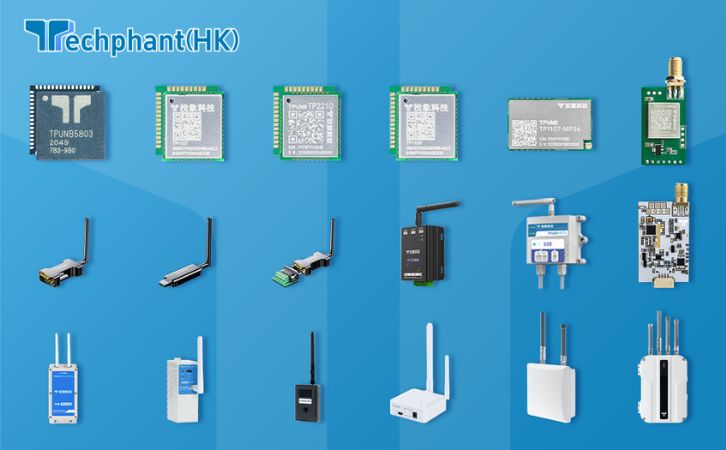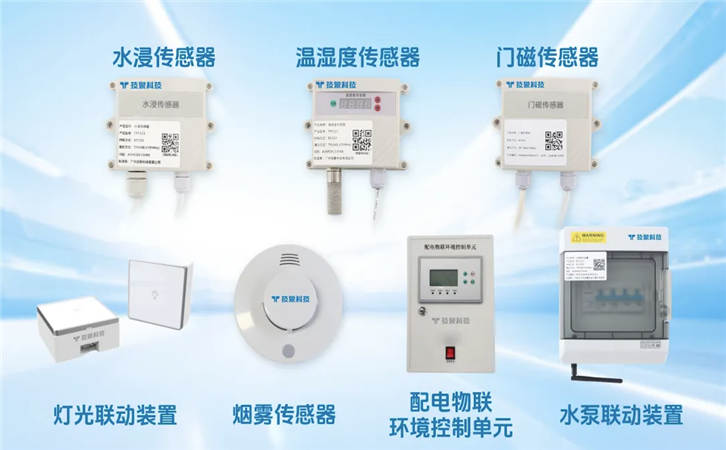I. Introduction to IoT Communication Protocols
The Internet of Things (IoT) relies on a vast network of interconnected devices, from smart sensors to industrial machines, all exchanging data to enable automation, monitoring, and decision-making. IoT communication protocols are the backbone of this ecosystem, providing standardized methods for devices to transmit and receive data efficiently. These protocols define how data is formatted, transmitted, and processed, ensuring seamless interaction across diverse devices and networks. Unlike traditional internet protocols, IoT protocols are designed to accommodate constraints such as limited processing power, low bandwidth, and intermittent connectivity. Their role is critical in achieving scalability, low latency, and energy efficiency, making them essential for applications ranging from smart homes to industrial IoT (IIoT). This section explores the significance of these protocols, their evolution, and their impact on the performance and reliability of IoT systems.
IoT communication protocols address the unique challenges of IoT environments, such as handling massive device volumes, supporting real-time data exchange, and ensuring security in resource-constrained settings. They enable devices to communicate over various network types, including Wi-Fi, cellular, and low-power wide-area networks (LPWAN). By facilitating interoperability and optimizing data transmission, these protocols empower IoT systems to deliver actionable insights while minimizing energy consumption and operational costs. Understanding their functionalities and applications is key to designing robust IoT solutions that meet the demands of modern connected ecosystems.
II. Key IoT Protocols and Their Features
Several IoT communication protocols have emerged to address the diverse needs of IoT applications, each with distinct architectures and strengths. This section examines four prominent protocols: MQTT, CoAP, AMQP, and HTTP/HTTPS, detailing their features and suitability for specific use cases.
- MQTT (Message Queuing Telemetry Transport): MQTT is a lightweight, publish-subscribe protocol optimized for low-bandwidth, high-latency networks. It operates on a broker-based model, where devices publish data to topics, and subscribers receive updates. Its minimal overhead and support for Quality of Service (QoS) levels make it ideal for applications like remote monitoring and smart agriculture, where devices transmit small, frequent data packets. MQTT’s energy efficiency suits battery-powered devices, but it relies on TCP, which may limit its use in extremely constrained networks.
- CoAP (Constrained Application Protocol): Designed for resource-constrained devices, CoAP is a RESTful protocol that uses UDP for lightweight communication. It supports a request-response model similar to HTTP but is optimized for low-power, low-bandwidth environments. CoAP’s features, such as multicast support and confirmable messages, make it suitable for smart lighting and home automation systems. Its simplicity and compatibility with IPv6 enhance its scalability, though it requires additional mechanisms for robust security.
- AMQP (Advanced Message Queuing Protocol): AMQP is a robust, message-oriented protocol designed for high-reliability applications, such as financial systems and industrial IoT. It supports complex message routing and queuing, ensuring reliable data delivery even in unstable networks. AMQP’s flexibility and support for large payloads make it suitable for enterprise-grade IoT deployments, but its complexity and resource demands limit its use in low-power devices.
- HTTP/HTTPS (Hypertext Transfer Protocol/Secure): HTTP/HTTPS, widely used in web applications, is employed in IoT for its familiarity and robust security features. HTTPS ensures encrypted communication, making it suitable for applications requiring high security, such as smart healthcare devices. However, its high overhead and resource-intensive nature make it less ideal for constrained devices or low-bandwidth networks, where lighter protocols like MQTT or CoAP are preferred.
Each protocol offers unique advantages, and their selection depends on the specific requirements of the IoT application, such as data size, network conditions, and security needs.
III. Factors Influencing Protocol Selection
Choosing the right IoT communication protocol is critical to the success of an IoT deployment, as it directly impacts performance, scalability, and cost. Several factors influence protocol selection, each tied to the application’s technical and operational requirements. This section outlines the key considerations for selecting an appropriate protocol.
- Device Constraints: IoT devices vary widely in processing power, memory, and energy capacity. Battery-powered sensors, for example, require lightweight protocols like MQTT or CoAP to minimize energy consumption, while more powerful devices, such as gateways, can handle resource-intensive protocols like HTTP/HTTPS or AMQP. Understanding device limitations ensures the chosen protocol aligns with hardware capabilities.
- Network Conditions: The type and quality of the network significantly affect protocol performance. Low-bandwidth, high-latency networks, such as LPWAN, favor protocols like CoAP that operate efficiently over UDP. In contrast, stable, high-bandwidth networks, such as Wi-Fi or 5G, support protocols like HTTP/HTTPS or AMQP, which require more resources but offer robust features.
- Data Volume and Transmission Frequency: Applications with frequent, small data packets, such as environmental monitoring, benefit from lightweight protocols like MQTT. Conversely, applications transmitting large payloads, such as video surveillance, may require protocols like AMQP or HTTP/HTTPS, which support complex data structures but consume more bandwidth.
- Application Requirements: Specific use cases dictate protocol choice. Real-time applications, such as autonomous vehicles, prioritize low-latency protocols like MQTT. Security-sensitive applications, such as medical IoT, often rely on HTTPS for encryption. Scalability, interoperability, and ease of integration with existing systems also play a role in protocol selection.
By carefully evaluating these factors, developers can select protocols that optimize performance, reduce costs, and ensure compatibility with the IoT system’s goals.
IV. Challenges and Future Trends in IoT Protocols
While IoT communication protocols have advanced significantly, they face several challenges that impact their adoption and performance. This section discusses these challenges and explores emerging trends shaping the future of IoT protocols.
- Interoperability: The diversity of IoT devices and protocols often leads to interoperability issues, as devices from different manufacturers may use incompatible standards. Efforts like the adoption of universal standards (e.g., IEC 61850 for smart grids) and middleware solutions aim to address this, but achieving seamless integration remains a challenge.
- Security Vulnerabilities: IoT protocols, particularly lightweight ones like CoAP, may have limited built-in security features, making them vulnerable to cyberattacks such as data interception or denial-of-service attacks. Implementing robust encryption, authentication, and secure key management is essential but increases complexity and resource demands.
- Scalability: As IoT deployments grow, protocols must handle increasing device numbers and data volumes without compromising performance. Protocols like MQTT excel in scalability due to their lightweight design, but others, like HTTP/HTTPS, may struggle in massive deployments due to high overhead.
- Future Trends: The evolution of IoT protocols is driven by advancements in networking and computing. The rollout of 5G networks promises ultra-low latency and high bandwidth, enabling protocols to support real-time applications like smart cities and autonomous vehicles. Lightweight protocols tailored for edge computing are gaining traction, reducing latency by processing data closer to devices. Additionally, hybrid protocol frameworks that combine the strengths of multiple protocols (e.g., MQTT for efficiency and HTTPS for security) are emerging to address diverse IoT needs.
Addressing these challenges and leveraging emerging trends will ensure IoT protocols continue to evolve, supporting the growing complexity and scale of IoT ecosystems.
V. Conclusion
IoT communication protocols are the cornerstone of efficient and reliable data transmission in the Internet of Things, enabling seamless connectivity across diverse devices and applications. Protocols like MQTT, CoAP, AMQP, and HTTP/HTTPS each offer unique strengths, catering to specific needs such as low power consumption, real-time processing, or robust security. Selecting the right protocol involves balancing device constraints, network conditions, and application requirements, while addressing challenges like interoperability, security, and scalability. As advancements like 5G and edge computing reshape the IoT landscape, protocols will continue to evolve, supporting increasingly complex and large-scale deployments. By leveraging these protocols effectively, IoT systems can deliver transformative solutions, driving innovation across industries and paving the way for a connected, data-driven future.


